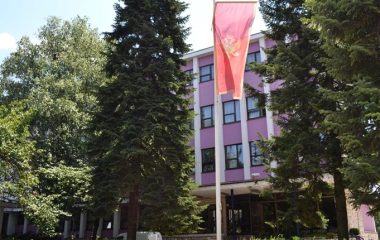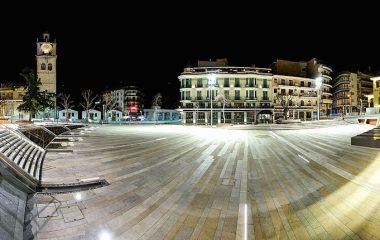
Photo: Anastasia Palagutina on Unsplash
Share
Last year Croatia imported 2.12 TWh of electricity, and, due to the energy crisis, at sky-high prices. By tapping on its renewable energy potentials, the country could completely eliminate the need to buy electricity abroad, according to the Renewable Energy Sources of Croatia (RES Croatia) association.
Russia’s invasion of Ukraine last February has exacerbated the energy crisis, with soaring electricity prices forcing Europe to speed up the development of renewables in order to ensure energy independence.
Croatia’s potential in this field is huge. According to RES Croatia’s calculations, utilizing that potential could help eliminate much of the country’s reliance on energy imports.
The average price of electricity in 2022 was EUR 273.72 per MWh, a 239% increase against 2021.
Lower imports attributed to warm winter
Electricity consumption in 2022 decreased by 131 GWh year-on-year, to 18.42 TWh, which RES Croatia attributes to higher than normal temperatures at the end of the year and a reduced need for heating.
Adding 2 GW of solar or 1 GW of wind capacity would eliminate the need for electricity imports
In the last five years, Croatia imported an average of 2.34 TWh of electricity annually. In 2022, its net imports totaled 2.12 TWh. The bulk of the electricity was imported in summer months, when solar could have covered most of the country’s consumption and even ensured surpluses for export, according to RES Croatia’s report.
If Croatia added 2 GW of solar power plants, there would be no need for imports in the current circumstances, according to RES Croatia’s calculations. The same would be achieved with an additional 1 GW of wind capacity, the association said.
Hydropower plants covered over 28% of consumption in 2022
Most of Croatia’s available energy in 2022 was provided by hydropower plants, 28.39%, followed by thermal power plants that burn natural gas and fuel oil, with an 18.49% share, and the Krško nuclear power plant, which accounted for 14.42%.
Solar power plants generated a total of 79 GWh, or a mere 0.43% of all available energy, putting Croatia at Europe’s bottom by solar energy utilization. The wind power plants’ output was 2.3 TWh, or 12.49% of the country’s available energy last year.
The underutilized solar potential is one of the reasons why fossil fuels account for as much as 53% of Croatia’s energy, according to RES Croatia’s statement.
During 2022, the question of developing renewable energy sources became the question of ensuring energy security and overcoming the energy crisis.









In my point of view Croatia will soon become an independant and rich country using energy from wind and sun.